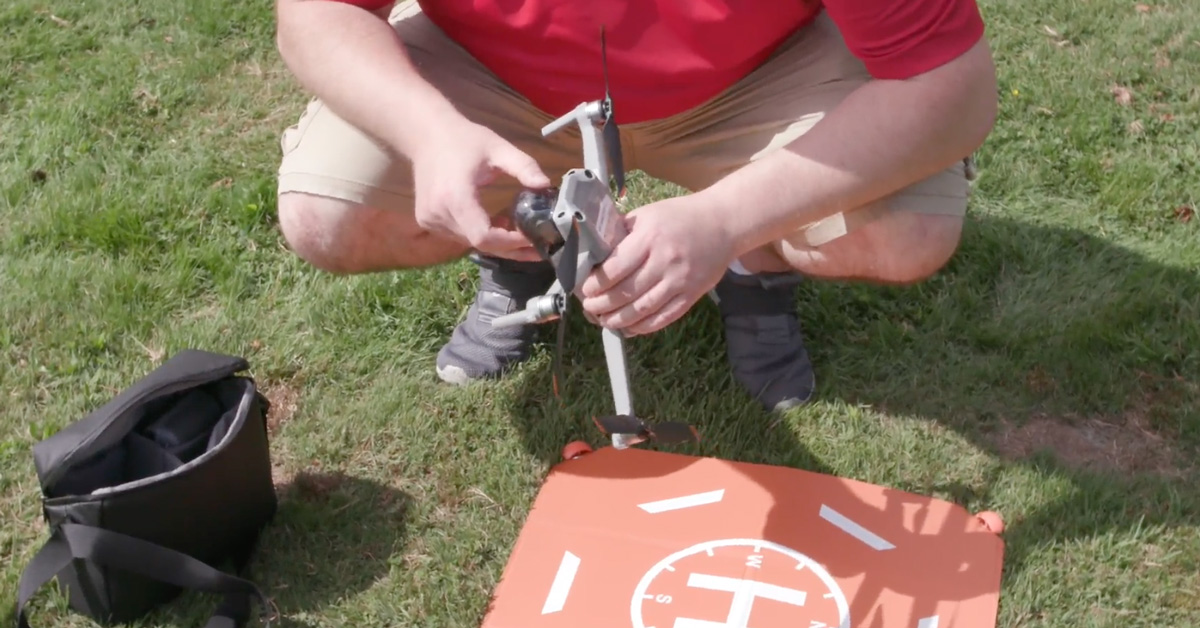This week, we’re pleased to feature guest posts from CFI and FAA DPE Jason Blair! We featured Jason’s excellent write up on flying the traffic pattern earlier this year. He writes his own blog at jasonblair.net.
Gliding is for gliders, right? Well, it’s not just for them. Something I notice in many checkrides I give (and I know is the case for many pilots) is that they don’t really know how to “glide” the aircraft that they are flying. Why on earth would you want to know how to glide when I have a powered aircraft you might ask? The obvious answer is in the event of an engine failure.
When an engine quits in an aircraft, it effectively becomes a large, heavy glider. Even in a twin-engine aircraft, our approach path is significantly affected. Typically in training, pilots are introduced to this possibility and then given a checklist to go through of potential solutions while they are expected to “pick a suitable landing area” and prepare for a potentially off-airport landing. Somewhere before reaching 500′ AGL, a recovery is typically executed. There is something missing in this practice scenario; what would happen if you couldn’t perform a “go-around?”
What I notice when many pilots demonstrate this is that they are often not able to judge the glide distance to their intended landing point very well. In some cases they are setting up a glide that will put them short of the landing area, and in other cases setting up a glide that carries too much speed and would overfly the intended landing field. In a few cases they get lucky and it works out. When setting up a glide, I would typically prefer a pilot be long than short (it is always better to end up running off the end of a field rolling slowly than ending up short of the field going fast), but what I often see is that they aren’t just a little long, but are completely overshooting their intended landing area.
There is a simple solution to this problem. Practice it more frequently, and do a full landing instead of a go-around. Obviously this isn’t something that you are going to want to do in the local farmer’s field in your local practice area, and certainly please don’t do this with Wings of Mercy flight recipients on board, but it is certainly something you can practice at an airport.
Typically, when I am teaching this procedure I put pilots 2500′ to 3000′ AGL about 2 miles from the approach end of the preferred runway at the airport, then I retard the throttle to idle. This puts them in a position where reaching the runway is well within reach, but if they don’t work to dissipate some altitude, they will run long. By working in some S-turns before the final approach, the pilot is able to maintain a position where they will never have to turn more than 90 degrees from the runway (I never recommend turning your back to the intended field of landing for an emergency landing) while at the same time dissipating some altitude in preparation for their final approach to the landing.
The entire effort of this is to get the feel for the glide of the aircraft and to learn to judge the vertical descent path. By correctly judging the vertical descent path, a pilot is able to set themselves up to hit a desired touchdown area. Part of this is intended to help develop the visual picture in the pilot’s mind to judge the approach to landing and judge the touch point.
The experience gained by practicing the glide to an actual landing will develop a better feel for the last portions of the glide to the ground in a simulated emergency situation. These last moments have a different feel than the first portions of the glide, as the aircraft is manipulated through dissipation of speed, ground effect, and a flare for landing. To just set up and conduct emergency simulations to a 500′ AGL glide recovery does not allow the student to get a full picture of how the entire situation will unfold.
The best way to practice this is on approach to your destination airport through reduction of throttle to simulate the loss of power in a single-engine aircraft or through the setting of a throttle to a “zero-thrust” configuration to simulate the loss of one engine in a multi-engine aircraft. During your non-passenger carrying legs, take the time to simulate this for greater proficiency in the event that you ever encounter such a situation. While your training may officially be over, and we all hope you never need these skills, maintaining proficiency in these emergency procedures can make a real life situation more manageable and potentially lead to a more successful handling of an emergency.
Jason Blair is an active single and multi-engine instructor and FAA Designated Pilot Examiner with 4,800 hours total time and 2,700 hours instruction given. He has served on several FAA/Industry aviation committees and has and continues to work with aviation associations on flight training issues. He also consults on aviation training and regulatory efforts for the general aviation industry.
For visualizing emergency procedures, as well as just about everything else you’ll do in your airplane, we recommend our Visualized Flight Maneuvers Handbook (also available for low-wing aircraft and in eBook format). This is a great resource for student pilots, pilots preparing for their practical, and experienced pilots maintaining proficiency. We’ll have more from DPE Jason Blair on Thursday! Thanks for following the Learn to Fly Blog!





